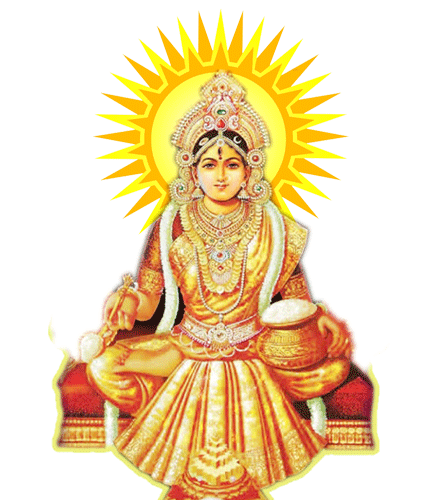Ghats of Holy River Ganga

Ghats in Varanasi are an integral complimentary to the concept of divinity represented in physical, metaphysical and supernatural elements. All the ghats are locations on the divine cosmic road, indicative of its manifest transcendental dimension. Varanasi has at least 84 ghats. Steps in the ghats (ghats are embankments made in steps of stone slabs along the river bank where pilgrims perform ritual ablutions) lead to the banks of River Ganges, including the Dashashwamedh Ghat, the Manikarnika Ghat, the Panchganga Ghat and the Harishchandra Ghat (where Hindus cremate their dead). Many ghats are associated with legends and several are now privately owned. Many of the ghats were built when the city was under Maratha control. Marathas, Shindes (Scindias), Holkars, Bhonsles, and Peshwas stand out as patrons of present-day Varanasi. Most of the ghats are bathing ghats, while others are used as cremation sites. Morning boat ride on the Ganges across the ghats is a popular visitors attraction. The miles and miles of ghats makes for the lovely river front with multitude of shrines, temples and palaces built "tier on tier above the water’s edge". The Dashashwamedh Ghat is the main and probably the oldest ghat of Varansi located on the Ganges, close to the Kashi Vishwanath Temple. It is believed that the god Brahma created it to welcome Shiva and he also sacrificed ten horses during Dasa -Ashwamedha yajna performed here. Above the ghat and close to it, there are also temples dedicated to Sulatankesvara, Brahmesvara, Varahesvara, Abhaya Vinayaka, Ganga (the Ganges), and Bandi Devi which are part of important pilgrimage journeys. A group of priests perform "Agni Pooja" (Worship to Fire) daily in the evening at this ghat as a dedication to Shiva, Ganga, Surya (Sun), Agni (Fire), and the whole universe. Special aartis are held on Tuesdays and on religious festivals. The Manikarnika Ghat is the Mahasmasana (meaning: "great cremation ground") and is the primary site for Hindu cremation in the city. Adjoining the ghat, there are raised platforms that are used for death anniversary rituals. It is said that an ear-ring (Manikarnika) of Shiva or his wife Sati fell here. According to a myth related to the Tarakesvara Temple, a Shiva temple at the ghat, Shiva whispers the Taraka mantra ("Prayer of the crossing") in the ear of the dead. Fourth-century Gupta period inscriptions mention this ghat. However, the current ghat as a permanent river side embankment was built in the 1302 and has been renovated at least thrice..


 Our Trusts
Our Trusts